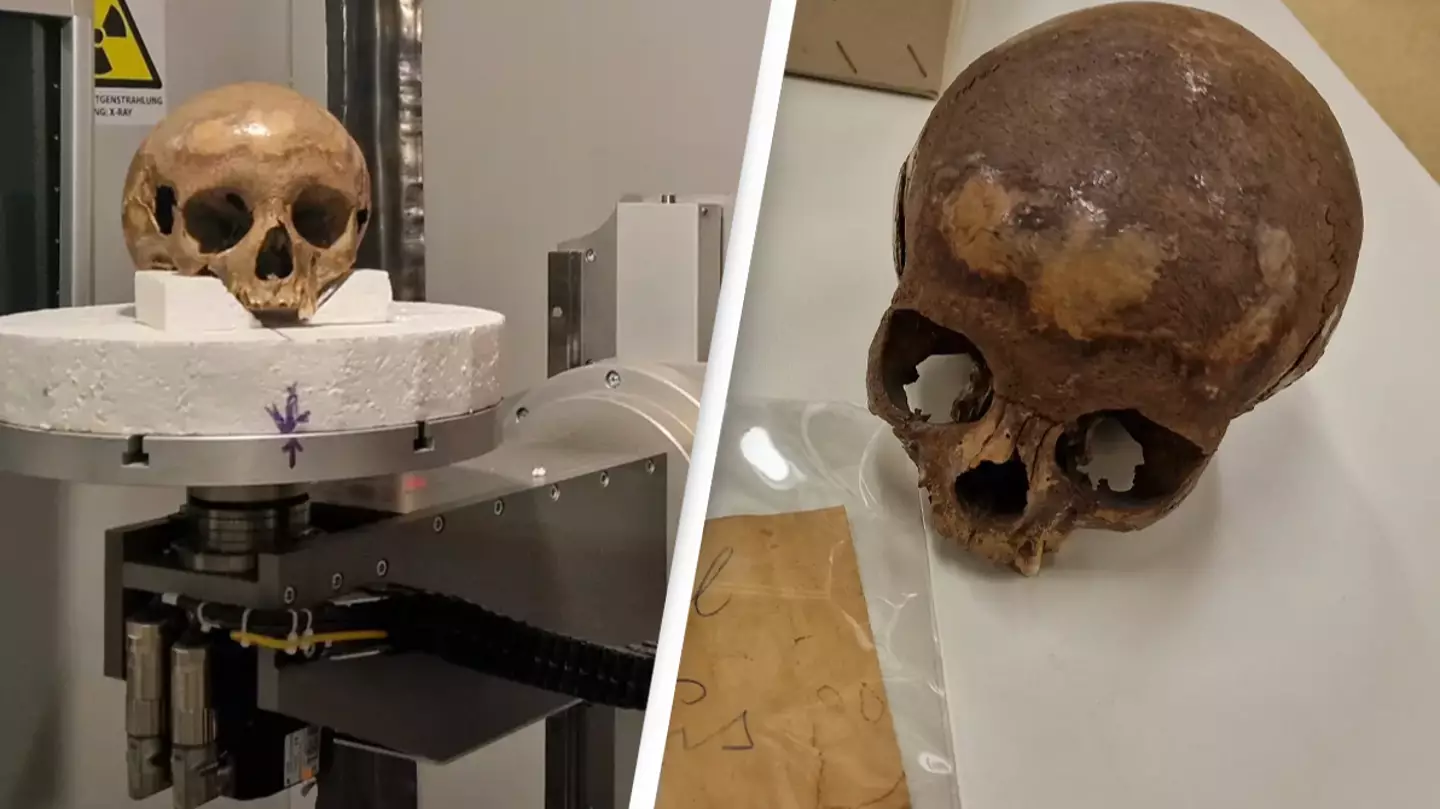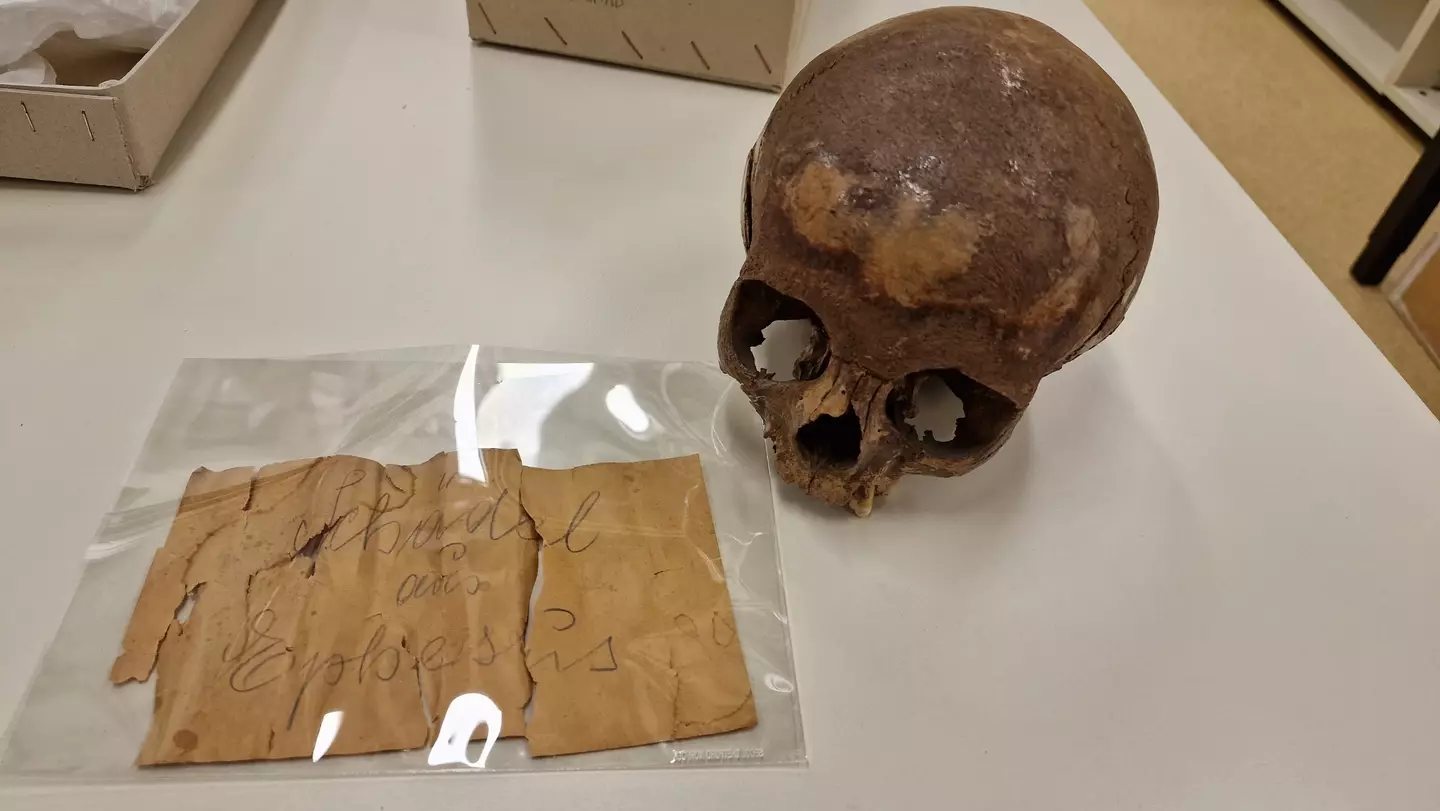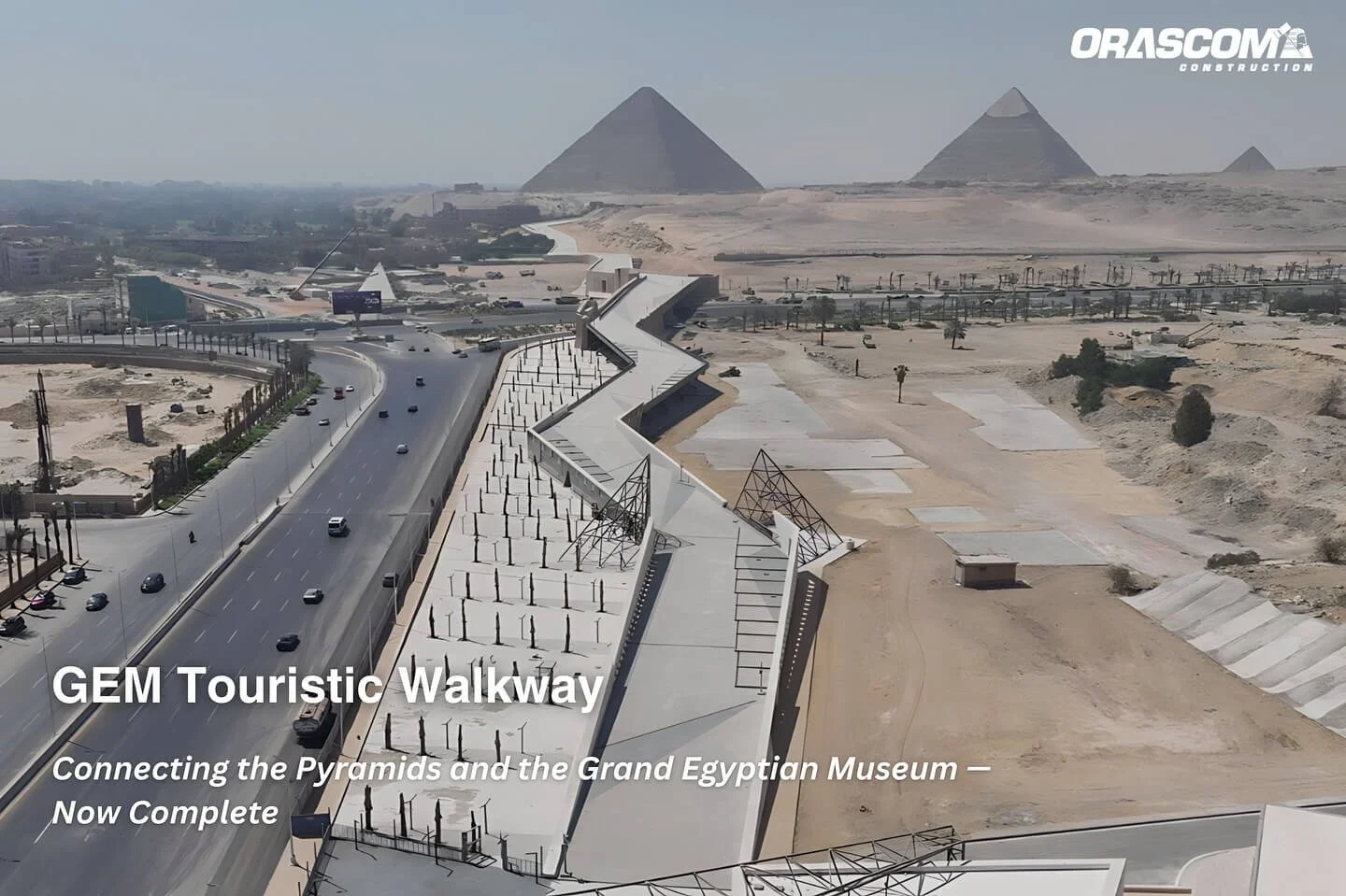A Century-Old Puzzle Finally Unraveled
A nearly 100-year-old mystery surrounding a skull believed to belong to Queen Cleopatra’s murdered half-sister, Arsinoë IV, has finally been put to rest, thanks to modern science and technology.
In 1929, Austrian archaeologist Josef Keil and his team unearthed a skull and bones from a water-filled sarcophagus in Turkey's ancient city of Ephesus. The site, known as the "Octagon," was a grand burial monument indicating it belonged to someone of high aristocracy. Keil removed the skull and presented it to historians, who determined it belonged to a young woman, sparking the theory that it could be Arsinoë IV.
The Murder of Arsinoë IV
Arsinoë, Cleopatra’s younger half-sister, was exiled to Ephesus after being deemed a threat to Cleopatra's reign. Around 41 BCE, she was assassinated under orders from Cleopatra and her lover, Mark Antony. Given the Octagon’s prominence and historical proximity to Arsinoë’s exile, the theory that it held her remains gained traction for decades.
Modern Science Brings New Revelations
Nearly a century later, a team of researchers led by anthropologist Gerhard Weber at the University of Vienna revisited the mystery. Using advanced tools such as micro-CT scans, DNA analysis, and forensic anthropology, they scrutinized the skull.
Their findings were groundbreaking: the skull, initially dated to between 36 and 205 BCE, matched the timeline for Arsinoë’s death. However, a DNA comparison with another skeleton unearthed from the same tomb in 1985 revealed a shocking discovery.
They now believe the skull belongs to a young boy (Gerhard Weber, University of Vienna)
The Skull Belongs to a Boy
Repeated tests showed the presence of a Y chromosome in both the skull and a femur from the tomb. The remains, long thought to belong to Cleopatra’s sister, were instead identified as those of a boy aged 11 to 14. The child had suffered from growth abnormalities, possibly due to a vitamin D deficiency, and was determined to have been of Roman origin, likely from Italy or Sardinia.
A New Mystery Emerges
While the study definitively rules out the skull as belonging to Arsinoë, it raises new questions. Who was this young boy buried in a tomb meant for someone of high social status?
The Octagon’s significance as a prestigious burial site suggests he held considerable importance, though his identity remains unknown. As researchers continue to piece together his story, the search for Arsinoë’s remains endures.
Closing a Chapter, Opening Another
Although this revelation shifts the narrative, it also highlights the potential for further exploration. “The results of this study open up a wide field for exciting new research,” noted Science News.
For now, the skull resides in Austria, where it has been since Josef Keil transported it nearly a century ago.
As scientists seek to unravel the boy’s identity, the enigma of Arsinoë IV remains an open case—a tantalizing thread in the rich tapestry of Cleopatra’s legacy.








